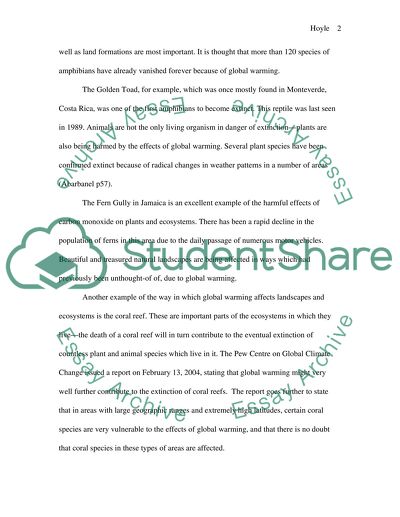Cite this document
(How Global Warming Works Essay Example | Topics and Well Written Essays - 2250 words, n.d.)
How Global Warming Works Essay Example | Topics and Well Written Essays - 2250 words. https://studentshare.org/environmental-studies/1534235-how-global-warming-works
How Global Warming Works Essay Example | Topics and Well Written Essays - 2250 words. https://studentshare.org/environmental-studies/1534235-how-global-warming-works
(How Global Warming Works Essay Example | Topics and Well Written Essays - 2250 Words)
How Global Warming Works Essay Example | Topics and Well Written Essays - 2250 Words. https://studentshare.org/environmental-studies/1534235-how-global-warming-works.
How Global Warming Works Essay Example | Topics and Well Written Essays - 2250 Words. https://studentshare.org/environmental-studies/1534235-how-global-warming-works.
“How Global Warming Works Essay Example | Topics and Well Written Essays - 2250 Words”. https://studentshare.org/environmental-studies/1534235-how-global-warming-works.


